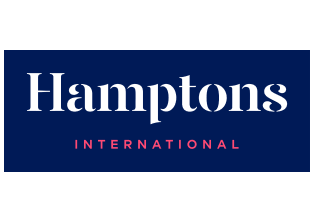
Mortgage values rise as bank lending continues to support the market
The key driver of the housing market over the last 18-months has been the historically low interest rate which has come down by 30% since the start of 2020.
Should there be a rate hike at the next Reserve Bank MPC meeting, as anticipated by the market, we expect it to be benign, possibly around 25 basis points which would take the prime rate to 7.25% (from 7%). Still, retaining it at a historical level.
Following the tremendous interest rate boost, we are seeing green shoots around the country with many areas recovered to pre-pandemic 2019-levels, but still trading below the 2017/8 highs.
An important boost for the market has been the banks’ propensity to lend. Since mid-2020, the pace of mortgage loans granted has accelerated and is now at the highest level since the introduction of the National Credit Act in 2007.
Stiff competition among the banks for a bigger share of the home loans market has translated into higher approval rates, higher loan values (LTV rates), more competitive interest rates (often below prime) and 100% home loans (often plus costs) for first-time buyers.
Home loans granted was up by 41% in the second quarter of 2021 compared to the same period in 2019, according to a report from the National Credit Regulator (NCR). Despite a slowing market this year, home loans granted are still 4% higher compared to last year.
Initially, the market surge was led by first-time home buyers who, by the third quarter of last year, comprised 54% of all home loan applications according to ooba (Seeff’s mortgage originator). Some 80% of first-time applicants have been successful in achieving a 100% home loan.
The 30% reduction in the interest rate since the start of 2020 and resulting cheaper borrowing costs have been a boon for buyers. Hence, more recently we are seeing a surge in higher value loans as sellers look to also take advantage of the market conditions and buyers reach for pricier property.
Purchasing is predominantly for own use. Ooba data shows that in the second quarter, 94% of homebuyers purchased for own occupation while buy-to-let investments and holiday homes purchases remain low.
While low interest rates and monetary easing has driven strong global house price growth, South Africa’s house price growth has lagged considerably. USA house prices are for example up this year by 16.5% while Sydney is seeing even stronger growth of 23.9%.
By comparison, South Africa’s house price growth is slowing. The latest FNB House Price Indicator shows that, from a peak of 4.8% in the second half of 2020, it declined to 3.6% in July and 3% in August. Combined with a steady flow of new stock coming onto the market, this means that despite the buyer activity, selling prices remain under pressure. That said, properties listed at market-related prices continue to attract buyer interest and sell at a faster pace.







